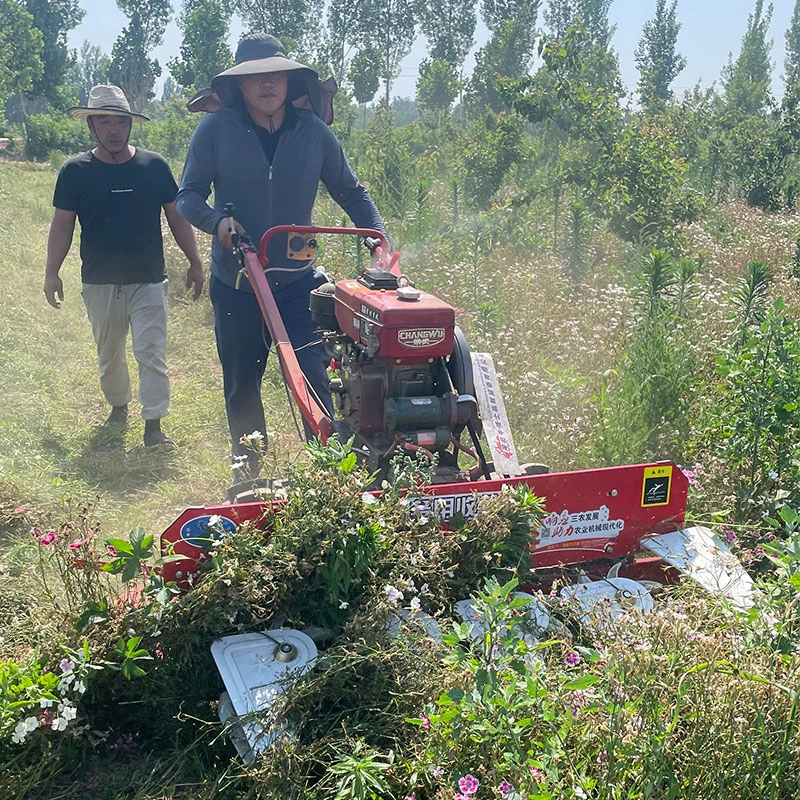Affordable Options for Sugar Cane Harvesting Machines and Their Prices
The Price of Cane Harvesting Machines A Comprehensive Overview
Cane harvesting machines have become indispensable in the agriculture sector, particularly for the sugarcane industry. As the demand for sugar and biofuels continues to rise, the efficiency and effectiveness of harvesting methods have gained prominence. This article explores the factors influencing the price of cane harvesting machines, the different types available in the market, and the future trends that could affect pricing.
Factors Influencing Price
1. Type of Machine The price of cane harvesting machines can vary significantly based on the type. Typically, there are two main categories mechanical and manual harvesting equipment. Mechanical harvesters, which automate the process, tend to be more expensive, usually ranging from $100,000 to $500,000, depending on their capabilities and design. Manual harvesting tools, on the other hand, are much more affordable, with prices often falling under $5,000.
2. Brand and Manufacturer Established brands known for their reliability and performance often command higher prices. Companies such as John Deere, Case IH, and New Holland invest in research and development, resulting in advanced machinery equipped with the latest technology. These brands typically offer warranties and after-sales services, justifying their premium pricing.
3. Technology and Features The incorporation of advanced technology has a significant impact on the pricing. Features such as GPS tracking, automated controls, and enhanced fuel efficiency systems can raise the cost of a machine. Farmers must weigh the benefits of such technologies against their budgets, as higher initial costs can lead to greater productivity and lower long-term operational costs.
4. Market Demand and Supply Fluctuations in market demand for sugar and related products can influence prices. When demand is high, prices for harvesting equipment may increase. Conversely, during periods of low demand, suppliers may lower prices to stimulate sales. Additionally, disruptions in the supply chain, such as increases in raw material costs or global shipping issues, can also impact prices.
5. Geographical Location The cost of cane harvesting machines can vary regionally due to factors like transportation costs, local demand, agricultural practices, and available financing options. Farmers in regions with a high concentration of sugarcane production may find greater competition among suppliers, potentially leading to lower prices.
Types of Cane Harvesting Machines
cane harvesting machine price

Cane harvesting equipment comes in various types, each designed for specific tasks. The primary types include
- Self-Propelled Harvesters These are large machines capable of cutting, loading, and transporting cane all at once
. They are highly efficient but come at a higher price point.- Pull-type Harvesters These machines are attached to tractors and are more affordable but may require more labor-intensive processes post-harvest.
- Manual Tools While less efficient, basic cutting tools like machetes and sickles are still commonly used in many parts of the world due to their low cost.
Future Trends and Pricing
As the agricultural sector continues to evolve, several trends may influence the pricing of cane harvesting machines. The emphasis on sustainability is pushing manufacturers to develop more environmentally friendly machines, which may initially cost more but could appeal to a market increasingly focused on sustainability.
Furthermore, advancements in automation and artificial intelligence may lead to the development of even more efficient harvesting solutions. While these technologies could lead to a rise in prices, they would likely provide substantial savings in labor and increased productivity.
Conclusion
In conclusion, the pricing of cane harvesting machines is influenced by various factors, including type, brand, technology, market demand, and geographical location. As the industry adopts new technologies and practices, prices may fluctuate, presenting both challenges and opportunities for farmers. Understanding these dynamics is essential for making informed purchasing decisions, ensuring efficient and profitable sugarcane production in the years to come.
Latest news
-
When to Upgrade Your Old Forage HarvesterNewsJun.05,2025
-
One Forage Harvester for All Your NeedsNewsJun.05,2025
-
Mastering the Grass Reaper MachineNewsJun.05,2025
-
How Small Farms Make Full Use of Wheat ReaperNewsJun.05,2025
-
Harvesting Wheat the Easy Way: Use a Mini Tractor ReaperNewsJun.05,2025
-
Growing Demand for the Mini Tractor Reaper in AsiaNewsJun.05,2025
